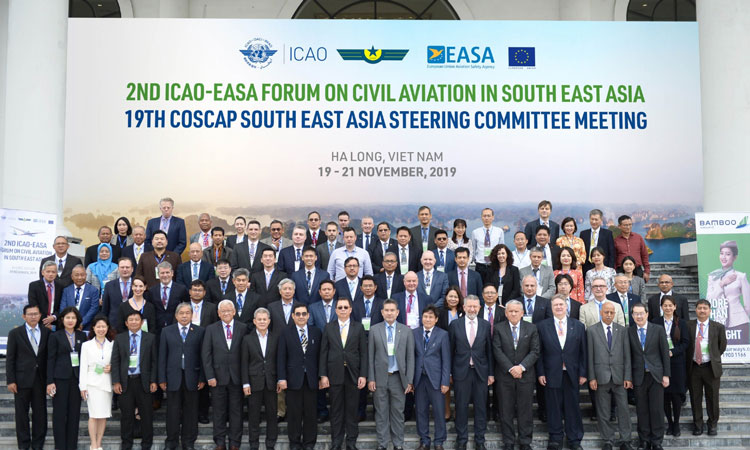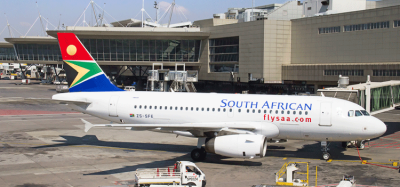Safety measures discussed by ICAO, EASA and South East Asian officials
- Like
- Digg
- Del
- Tumblr
- VKontakte
- Buffer
- Love This
- Odnoklassniki
- Meneame
- Blogger
- Amazon
- Yahoo Mail
- Gmail
- AOL
- Newsvine
- HackerNews
- Evernote
- MySpace
- Mail.ru
- Viadeo
- Line
- Comments
- Yummly
- SMS
- Viber
- Telegram
- Subscribe
- Skype
- Facebook Messenger
- Kakao
- LiveJournal
- Yammer
- Edgar
- Fintel
- Mix
- Instapaper
- Copy Link
Posted: 22 November 2019 | International Airport Review | No comments yet
Coming together at the ICAO-EASA Forum on Civil Aviation in South East Asia, officials discussed local cooperation and regional safety performance.


Copyright: EASA
Following a successful event in 2018, ICAO and the European Union Aviation Safety Agency (EASA) have met with South East Asian aviation officials again to discuss new approaches to improve local cooperation and strengthen regional safety performance.
Key objectives of the recently approved Asia-Pacific Regional Aviation Safety Plan (AP-RASP) were explored and discussed, and the regional initiatives currently underway to support the implementation of the Beijing Declaration were assessed.
Conclusions from the meeting noted the volume of safety data produced in the aviation sector, with officials encouraging stakeholders to process and share data in order to enhance aviation security through a data-driven approach.
Attention was also drawn to the benefits of closer cooperation between states, ICAO and Regional Safety Oversight Organisations – such as EASA and other related agencies – to ensure the continuation of working to improve aviation safety for the travelling public.
ICAO Regional Office Director for the Asia and Pacific (APAC), Arun Mishra, said: “Aviation safety and security is a collective responsibility, and it’s for this reason that ICAO promotes new and strengthened partnerships in aid of both regional and global objectives. EASA’s collaboration with ICAO is well-recognised and very much appreciated in this regard.”
The slow progress of some states regarding the goals and targets of the ICAO Global Aviation Safety Plan and Regional APAC Air Navigation Plans was emphasised. Mishra stressed that a concerted effort was needed in order to improve regional ICAO compliance and optimise the socio-economic impacts of both local and global air connectivity,
Luc Tytgat, Strategy and Safety Management Director of EASA, highlighted: “The need to establish sound partnerships with global and regional actors to ensure the effective and efficient implementation of safety actions”, and that the development of enhanced safety standards is essential to ensure that South East Asia will be able to handle more diverse air traffic and the forecast capacity challenges.

















